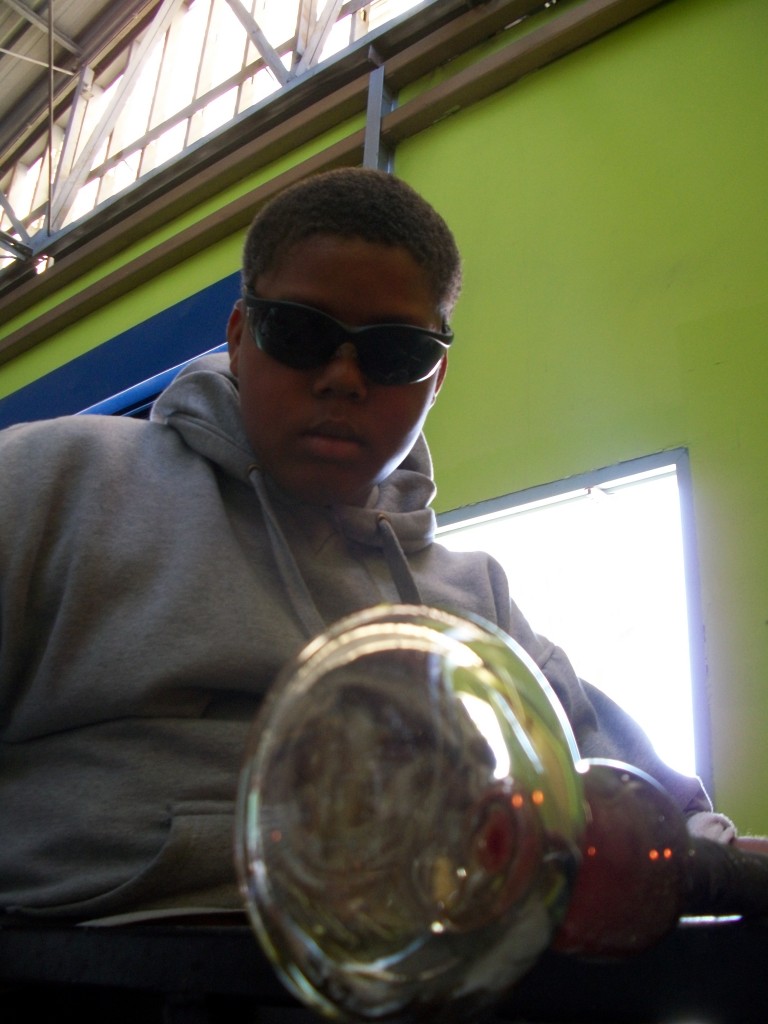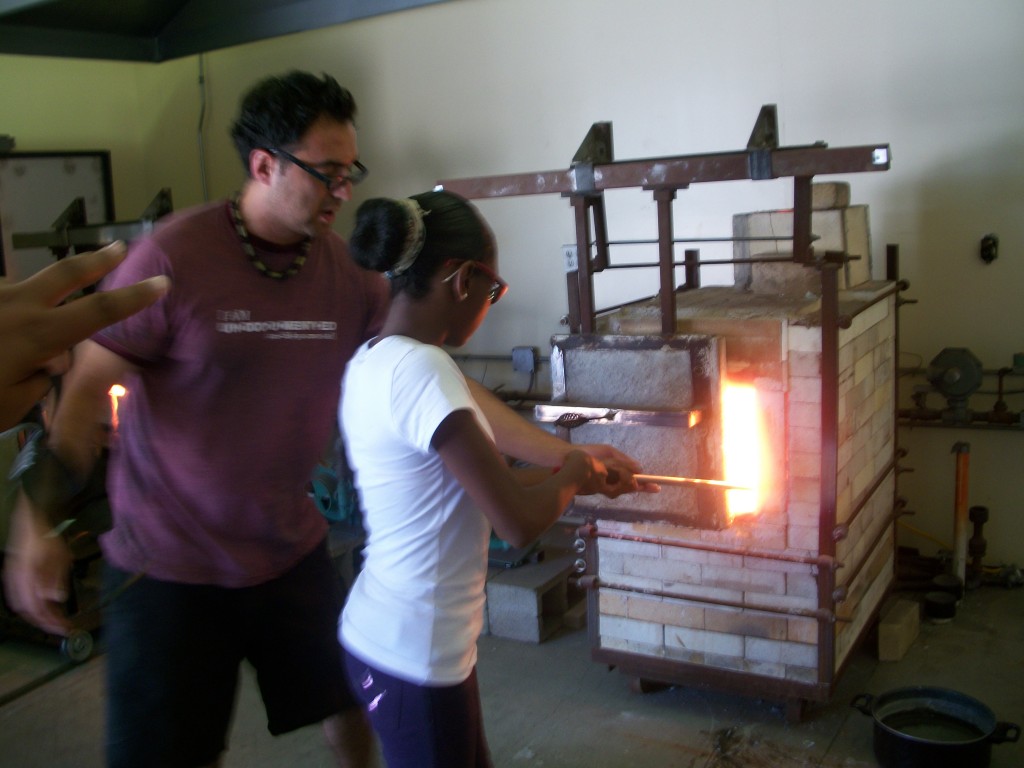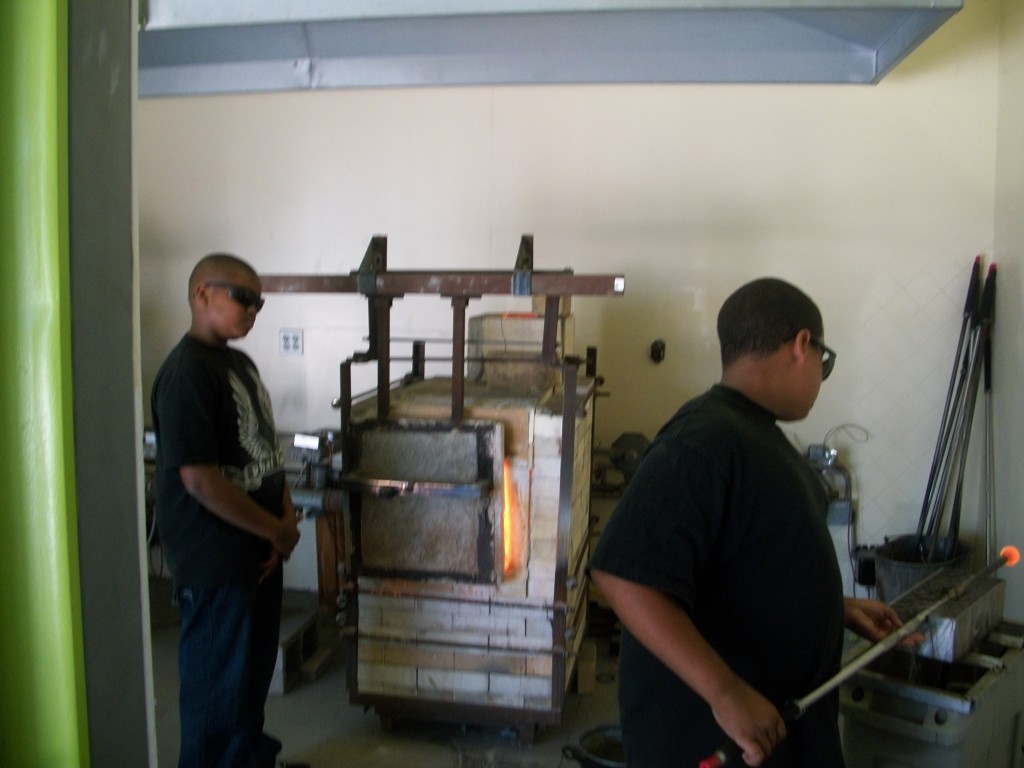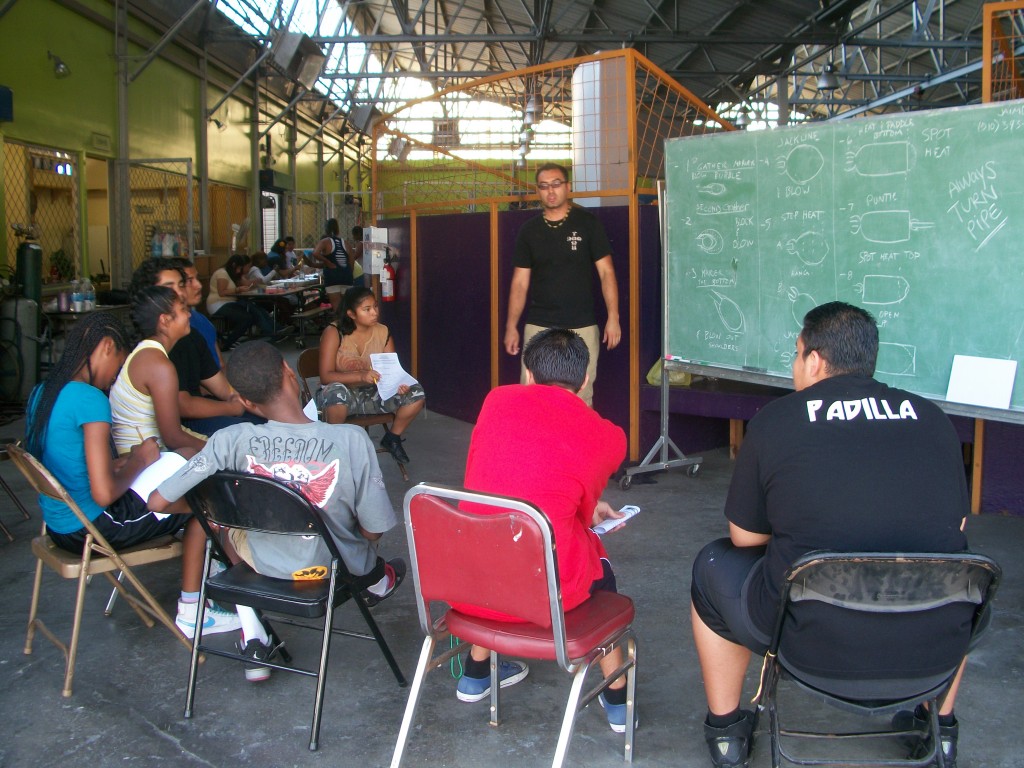Symposium:
California Contributions: 50 Years of American Studio Glass
November 10 and 11
10-6pm
Exhibition:
Reception and Awards Ceremony
November 10 6-9pm
The Crucible
1260 7th
Oakland, CA 95607
The Crucible is hosting a symposium celebrating the 50th anniversary of the American Studio Glass movement: ‘California Contributions: 50 Years of American Studio Glass 1962-1212’ on November 10th and 11th.. Come and celebrate the evolution of the Studio Glass movement and the contributions of California artists. During the past fifty years, the studio glass movement has grown as artists have chosen glass as their medium and major universities have offered undergraduate and graduate degrees in the glass arts. This symposium offers attendees a unique opportunity to meet and learn from over 100 prominent glass artists who work and/or teach in California. The work of the conference’s presenting artists spans five decades and includes the some of the early founders and innovators of the studio glass movment and many new rising stars. The two-day event includes glass demos, lectures, and over 50 pieces of original art in a two-day art exhibition. Check out our website for the full press packet and more information about the program: www.californiastudioglass.org.
50 Years of Studio Glass Press Event – October 17, 2012, 1:00-3pm
RSVP to Barbara Barnett: at glasscrucible@gmail.com for this special press event. Or call Barbara at 510 835-5815.
As the San Francisco Bay Area begins its celebrations of the 50th anniversary of the American studio glass movement, the Crucible invites members of the press to a preview of the symposium. Come meet and interview prominent glass artists, see a glass blowing demonstration in the Crucible’s hot shop, and meet members of the Crucible glass comunnity.
Meet the Artists at the Special Press Event – October 17th
- Flameworker Janice Peacock, a contemporary beadmaker and teacher who creates small sculptures and beads using Italian soda-lime glass that incorporate glass powders and metal foils, giving each piece an ancient look. http://www.californiastudioglass.org/?p=432
- Gas plasma sculptor Ed Kirshner “Like Dr. Frankenstein in his lab, I hover over my glass and gas plasma work, spending many hours mixing, balancing and fine-tuning. Still, the plasma light behaves in a way that I can never completely control.” http://www.californiastudioglass.org/?p=134
- Bead-making flameworker and glass educator Harlan Simon. http://www.facebook.com/harlanglass
- Pamina Traylor is an artist and educator, currently Interim Chair of the Glass Program at the California College of the Arts where she has been a member of the faculty since 1995. Her work is in the permanent collection of the Benton Museum of Art, CT; The Museum of American Glass, NJ; The Speed Art Museum, KY; Tittot Glass Art Museum, Taiwan; and Cam Ocagi, Istanbul. She was featured on KQED public television’s SPARK program, “By Hand”. http://www.californiastudioglass.org/?p=452
- Symposium keynote speaker Marvin Lipofsky, has been invited to attend the press event. Marvin started the glass program a UC Berkeley in 1964. http://www.californiastudioglass.org/?p=107
- Mary White and Michelle Knox, co-producers of the event, are prominent glass artists themselves and will demonstrate glass blowing in The Crucible hot shop. Both Mary and Michelle have pieces in the upcoming exhibit, “Play with Fire” at the Oakland Museum of California. See these artists at work during the special press event.
- Talk to young glass artist Henry Cardenas about his experiences as a member of The Crucible Youth Glass Program. The Watts Mudtown youth glass blowing team is coming to the Bay Area to participate in the Symposium. They will be blowing glass with youth Crucible youth at the workshop on Nov 11th.
Note: A complete list of artists giving workshops at the Symposium is located on the event website including bios and images of their work www.californiastudioglass.org.
The Symposium is part of a larger Bay Area Celebration!
There are three events in the Bay Area that celebrate the 50th anniversary of Studo Glass. The Oakland Museum of California and the DeYoung Museum both have exhibits opening in October. On November 9th, the California College of the Arts Glass Program is celebrating its’ Glass Jubilee and Alumni Exhibit with demo by alumnus Boyd Sugiki. Many of the artists exhibiting works at these events, will be presenting workshops at the Symposium where they will be sharing their skills and demonstating the techiques that made them world class artists. See links to these other events on our website: http://www.californiastudioglass.org/?page_id=805
Symposium Program
November 10 and 11th
10am – 6pm
Keynotes-Suellen Fowler, Marvin Lipofsky, Richard Marquis, and Susan Stimsmuehlen-Amend
Demonstrations-in The Crucible’s six glass studios: Blowing, Cold Working, Fusing, Casting, Neon, Flame Working and Enameling.
Panels and Lectures-featuring glass artists who began working in glass in California from 1962 to present day.
Art Exhibition-The exhibit features California glass artists from the 1960’s to the current era. The 50+ piece exhibition will be on display both Saturday and Sunday.
Living Glass Time Line-Add your information to the “Living Glass Timeline” that will be created during the event. We encourage artists to bringing studio photos and bios to add to the timeline at the event. In addition, we are creating a “Directory of California Glass Artists” on our website. We welcome glass artists of all decades who have worked in California to fill out an information form with a bio and photos of your work to include in the Directory. The form is available on our website: www.californiastudioglass.org.
Glass Vendor & Organizations-Local glass and tool suppliers will be there to exhibit their wares. Meet and talk to glass institutions as they showcase their programs.
Admission: $15 general admission per day, $10 for students and Crucible members. Pre-registration is available on our website.
Reception and Awards Ceremony: Saturday November 10th – 6pm-9pm. This event will honor collectors, including collector Dorothy Saxe, and artists who have made special contributions to the California glass community. Admission is free for the reception and awards ceremony.
Background-The studio glass movement began in 1962, when the artist Harvey Littleton gathered a group of artists, craftspeople, scientists and scholars at the Toledo Museum of Art for a series of workshops that demonstrated how glass could be made into art in the artist’s studio rather than in an industrial setting. These came to be known as the founding events of studio glass.
The symposium program follows the tradition of the California Glass Exchanges. San Jose State glass instructor, Dr Fritz and his student George Jercich started the Glass Exchange with the goal of gathering the California glass community together to share skills and techniques.
This event is partially sponsored by-The Crucible, The Glass Alliance of Northern California, the Art Alliance for Contemporary Glass, Denny Abrams, the Glass Art Society, the Clay and Glass Arts Foundation, Annieglass, and the Chalsty Family Foundation
About The Crucible-The Crucible is an educational facility that offers classes in the fire and industrial arts to people at all skill levels as well as original Bay Area corporate team building events. The Crucible is located at 1260 7th Street, Oakland, CA 95607. For more information about the Crucible go to www.thecrucible.org




